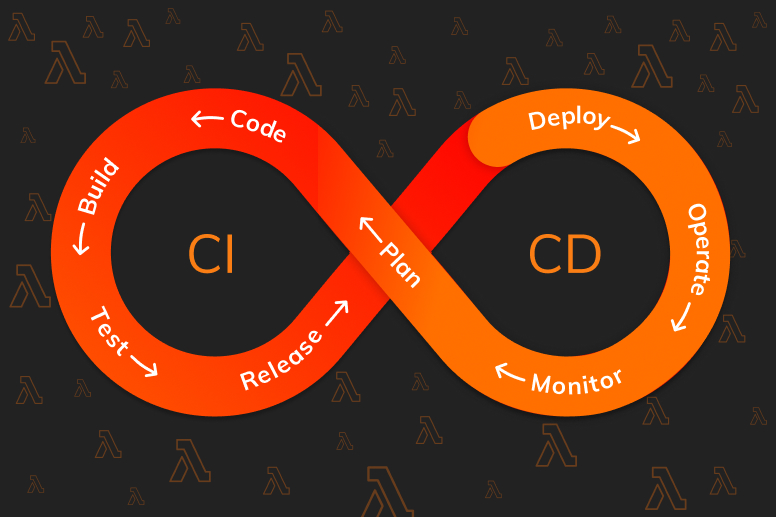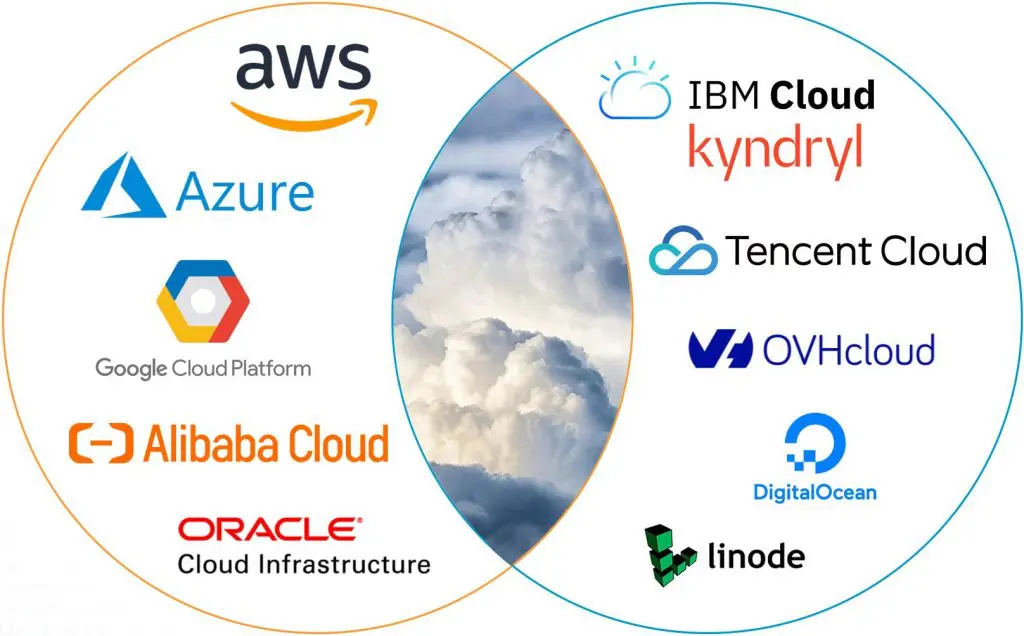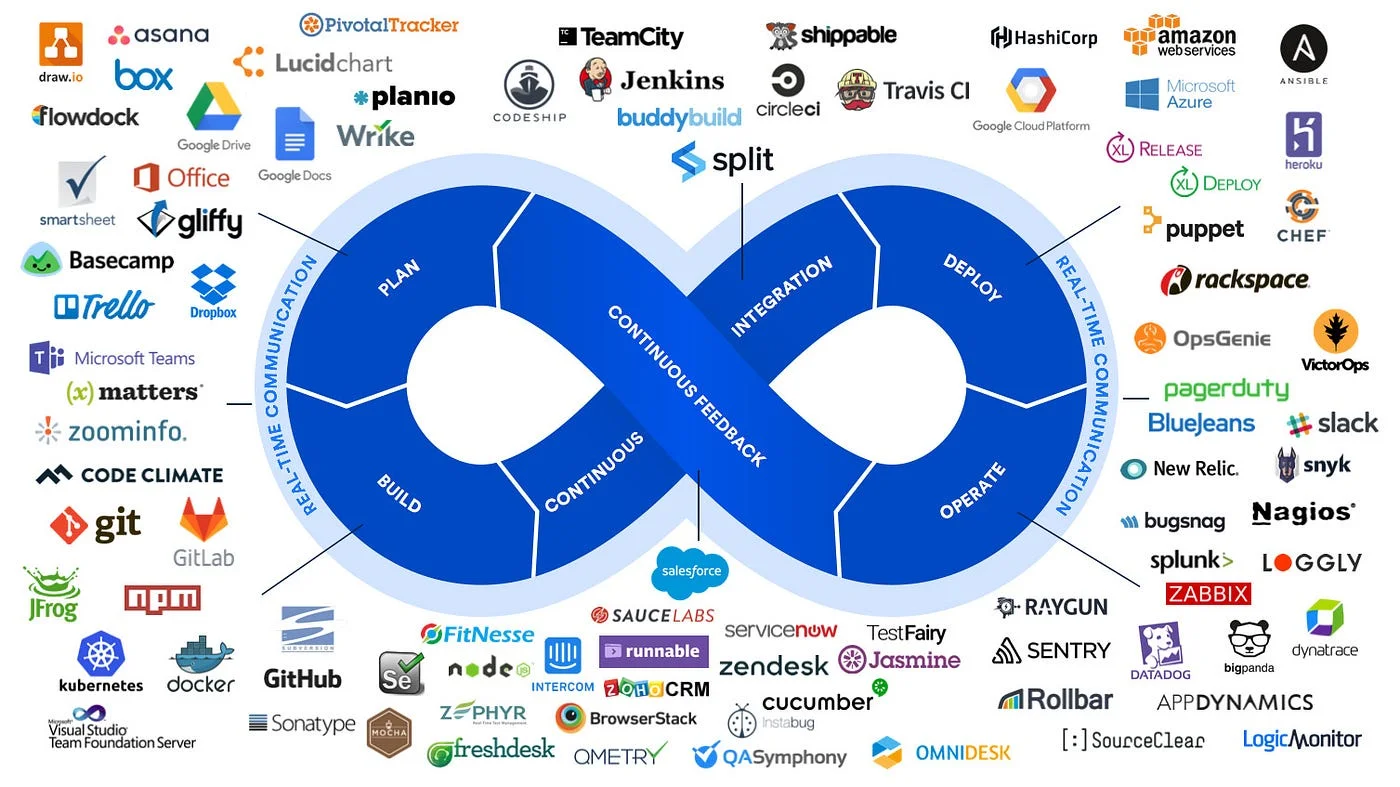
Serverless CI/CD: A Modern Approach to Continuous Integration & Deployment
Introduction
Ah, the good old days of CI/CD: where your build servers needed constant supervision, or else they would inevitably break down at the most inconvenient times. With Serverless CI/CD, we no longer need to worry about server maintenance, and can instead rely on the cloud to handle everything. 🌥️
This guide will prepare you to harness the magnificent new world of Serverless CI/CD: what it is, why it is efficient, cost-effective, fast, and how to integrate it with your existing development pipeline.
What is Serverless CI/CD?
Imagine this: Server-side scaling or the problematic “it’s broken again” error message are no longer a cause for worry. Serverless CI/CD is a pipeline that doesn’t require any management of infrastructure. Instead, it utilizes serverless platforms, like AWS Lambda, Google Cloud Functions, or Azure Functions, to automate building, testing, and deployment tasks.
In simpler terms: The magic happens in the cloud and all you need to do is sit back, sip some coffee, and enjoy the show. ☕✨
Advantages of Serverless CI/CD
- No Infrastructure Management: The cloud scales for you like a personal assistant (but, you know, easier and with fewer coffee breaks).
- Cost Efficiency 💸: You only pay for the time your pipeline runs. There are no idle costs. 🌱
- Scalability and Speed ⚡: Your CI/CD pipeline can scale up and down as needed, making builds and deployments faster than a Netflix binge.
- Security Benefits 🔐: Fewer persistent servers mean fewer targets for hackers.
- Flexibility and Integration 🔗: Works seamlessly with AWS, GCP, Azure, and other tools.
Serverless CI/CD Challenges
- Cold Start Issues 🥶: Serverless functions can take time to wake up.
- Execution Time Limits ⏳: Some services, like AWS Lambda, only allow execution for a limited time (e.g., 15 minutes).
- Observability and Debugging 🕵️♂️: Debugging can be difficult without proper logging tools like AWS CloudWatch or Datadog.
- Vendor Lock-In: Moving to another provider can be complex.
How Serverless CI/CD Works (The “Magic” Behind the Curtain) 🎩✨
- Code Commit: Push code to GitHub, GitLab, or Bitbucket.
- Event Driven Trigger: The pipeline is automatically triggered by code changes.
- Build And Test Stage: The cloud performs the build, dependency installation, and testing.
- Deployment Stage: If tests pass, the application is deployed to AWS Lambda, Google Cloud Functions, or another serverless platform.
- Monitoring & Logging: Services like CloudWatch or Datadog help track performance.
Real-World Examples
- Deployment of Microservices 🚀: Works seamlessly with Kubernetes and auto-scaling nodes.
- Automated Testing Pipelines 🔄: Conduct tests without managing infrastructure.
- Deployments of Serverless Applications 📦: Dynamically deploy functions to AWS, Google Cloud, or Azure.
- Pipelines for Infrastructure-as-Code (IaC) 🛠️: Deploy infrastructure using Terraform, AWS CDK, or Pulumi.
Setting Up Serverless CI/CD Pipelines
1. Using AWS
- Code Repository: GitHub/GitLab
- Build and Test: AWS CodeBuild
- Deployment: AWS Lambda or Fargate
2. Using Google Cloud
- Code Repository: GitHub/GitLab
- Build and Test: Google Cloud Build
- Deployment: Google Cloud Functions or Cloud Run
3. Using Azure DevOps
- Code Repository: Azure Repos or GitHub
- Build and Test: Azure DevOps Pipelines
- Deployment: Azure Functions or AKS
Best Practices for Serverless CI/CD Pipelines
- Use Event-Driven Architecture: Avoid running unnecessary pipelines to save costs.
- Prepare For Cold Starts: Keep functions warm using scheduled triggers.
- Use Build Artifact Storage: Store dependencies in S3, GCS, or Azure Blob Storage.
- Implement Observability: Monitor with CloudWatch, Datadog, or similar tools.
- Secure Pipeline Credentials: Use AWS Secrets Manager or HashiCorp Vault.
- Use Infrastructure as Code (IaC): Automate deployments using Terraform, AWS CDK, or Pulumi.
Summary of Key Points
- Serverless CI/CD = Speed, cost savings, and no infrastructure headaches.
- Event-based execution via AWS Lambda, Google Cloud Functions, or Azure Functions.
- Pros: No server maintenance, lower costs, scalability, and efficient pipelines.
- Cons: Cold starts, execution limits, debugging challenges, and vendor lock-in risks.
- Best Practices: Event-driven triggers, function pre-warming, secrets management, and observability.
Final Thoughts (AKA The Mic Drop Moment) 🎤
Serverless CI/CD is the future (and that future is now). It’s great for teams that prefer writing code over managing servers. Whether you’re deploying microservices, running tests, or setting up infrastructure, serverless CI/CD will do it all faster, cheaper, and with less hassle.
Ready to set up your serverless CI/CD Pipeline? Don’t worry, we got you. 🚀



